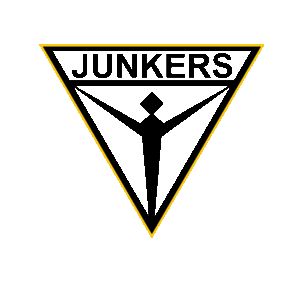The first and second prototypes (Ju 287 V1 and V2; both designated Ju 288 V201 and Ju 288 V202 for security reasons) were intended to evaluate the concept, with V1 being intended to test the FSW and V2 being earmarked for evaluating flight at high subsonic speeds, and both were assembled from the fuselages of the He 177 A-5, the tail of the Ju 188G-2, main undercarriage from a Ju 352, and nosewheels taken from shot-down B-24 Liberators, all of which were fixed to lower weight and complexity, and equipped with spats to reduce drag.

